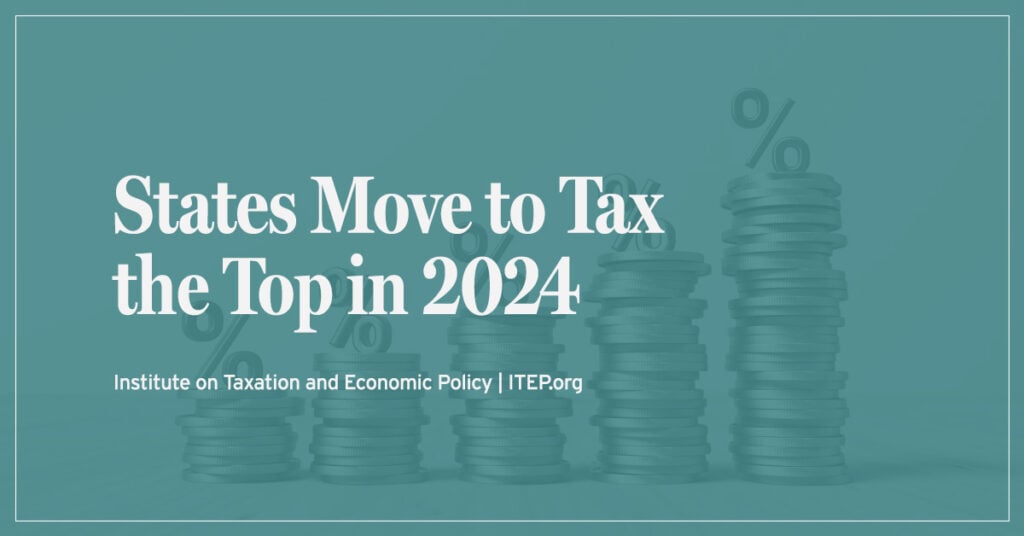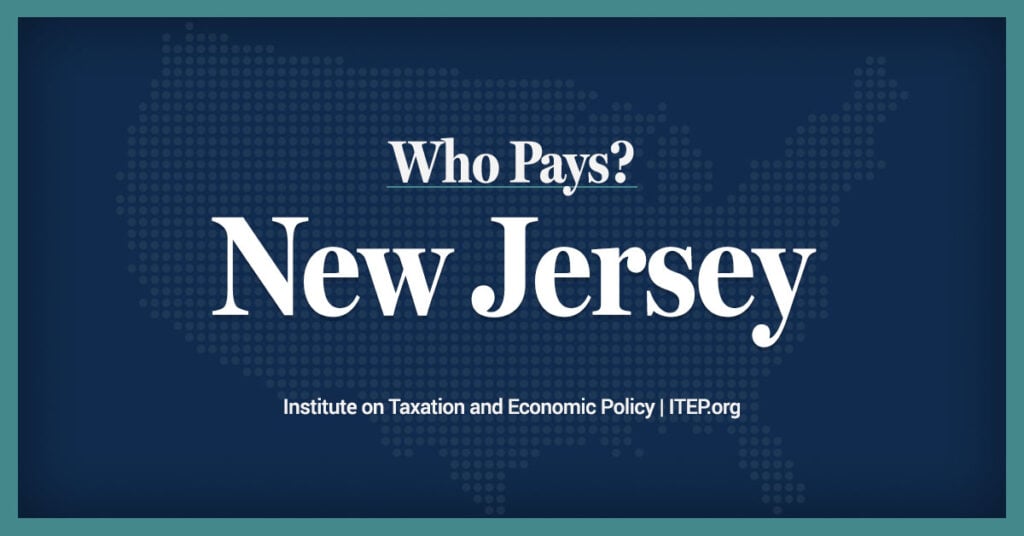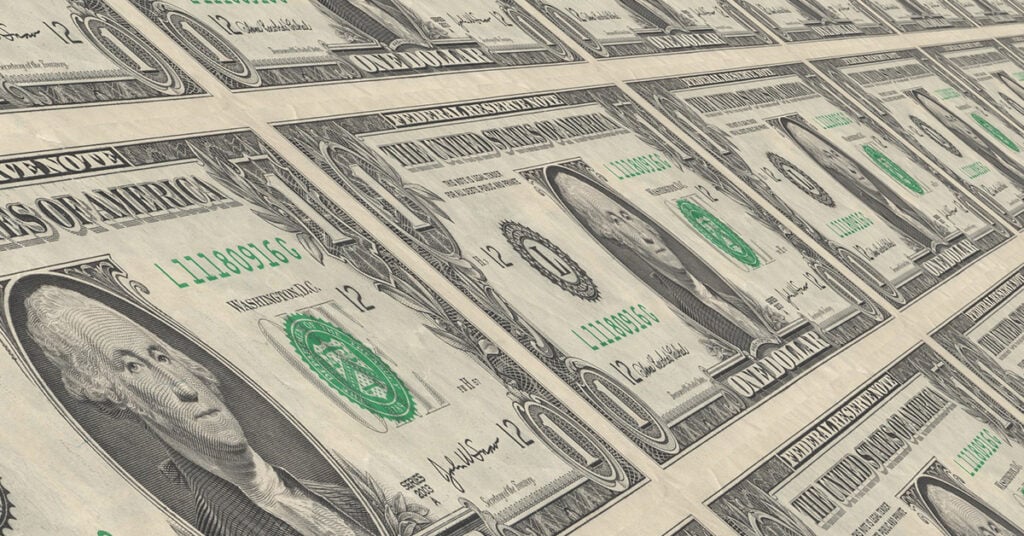MARCH 21, 2014, 4:53 PM LAST UPDATED: FRIDAY, MARCH 21, 2014, 4:53 PM
BY CARL DAVIS
THE RECORD
Carl Davis is senior policy analyst at the Institute on Taxation and Economic Policy, a non-profit, non-partisan research organization that works on federal, state and local tax policy issues.
IF YOU WERE to ask five of your closest friends if they enjoy paying more for gasoline, chances are you would get five resounding “no’s.” But ask those same five people how they feel about hitting a pothole, sitting in traffic or driving over a bridge that’s been rated “structurally deficient,” and you’d probably find a similar lack of enthusiasm.
The gasoline tax is the way in which New Jersey has traditionally paid for its transportation infrastructure. But as in many other states, gas tax dollars collected today aren’t enough to cover the cost of maintaining, much less improving, the state’s infrastructure.
For almost a quarter century, New Jersey’s gas tax rate has been stuck at exactly 14.5 cents per gallon. Unfortunately, 14.5 cents just doesn’t buy as much asphalt, machinery and labor as it did in 1990, when lawmakers agreed on that tax rate. Over these last 24 years, construction costs have increased by roughly 63 percent. In practical terms, this means a project that could have been completed with $15 million in 1990 would cost closer to $25 million today.
This 63 percent growth isn’t due to bloat or waste. Over this same period, the price of the consumer goods we buy every day went up by 76 percent. When lawmakers designed the state’s flat, 14.5 cent gas tax, they simply didn’t bother to plan for the inevitable impact of inflation.
Other states take action
You don’t need to look very far outside New Jersey’s borders for guidance on how to deal with the problems created by an outdated gas tax rate. Pennsylvania and Maryland both enacted sizable gas tax increases last year, and Delaware is considering the same. Other nearby states such as New York and Connecticut already have gas tax rates more than 30 cents higher than New Jersey’s. But these states aren’t just levying a higher gas tax — they’re also levying a gas tax that’s better designed.
Long-term solution
Eighteen states and the District of Columbia now have gas tax rates that grow over time alongside inflation or gas prices. This design helps avoid the problems that arise when asphalt prices inevitably grow and the gas tax rate doesn’t keep up. Four of these eighteen states (Maryland, Massachusetts, Pennsylvania and Virginia) enacted new “variable rate” gas tax systems in just the last year. If Governor Jack Markell is able to get his proposal through Delaware’s legislature, every state bordering New Jersey will have this more sustainable brand of gas tax in the near future.
So far, the prospects for a similar gas tax increase and reform package in New Jersey have been seriously hindered by opposition from Governor Christie. But this is one area where the Legislature and the governor should be capable of bridging the partisan divide.
Bipartisan efforts
There’s no such thing as a Democratic road or a Republican highway, and the experience of other states these last few months clearly bears that out. Pennsylvania and Wyoming were both solidly under Republican control when they voted to raise their gas taxes last year, while Maryland, Massachusetts and Vermont were mostly Democratic when they opted to do the same.
None of this suggests that raising the gas tax is easy or painless. Much like New Jersey, most of these states had been debating the topic for years before finally deciding to act.
One core issue associated with any gas tax increase is whether drivers can afford to pay a bit more at the pump. The 15-cent increase — 5 cents per gallon per year over the next three years — proposed by state Sen. Raymond
Lesniak last week would cost the average driver about $6.60 per month, for example. For most drivers, that amount would be more than worthwhile for a smoother and safer commute. But for drivers who have fallen on hard times, $6.60 may be a bigger deal.
Fortunately, there’s a straightforward way to mitigate the impact of a higher gas tax on families that can least afford it: Reverse the cut in the state’s Earned Income Tax Credit signed into law in 2010. The EITC is one of the most effective pro-work policies available to families at or near the poverty line, and it also happens to be well-suited to offsetting regressive taxes such as the gas tax.
Vital improvements
While paying more for gas is never an exciting prospect, New Jersey’s extraordinary low gas tax rate is doing a lot more harm than good. Pairing a gas tax increase with low-income relief through the EITC would allow for hugely important improvements in New Jersey’s infrastructure without unduly affecting families that might be unable to afford a higher gas tax.





